How to tell if it’s time for a rebrand?
April 26, 2022
Have you realised that your product is not visible, memorable or… bought? If you are not attracting the right kind of customers or changed your business model recently- these are very serious reasons for a rebrand. But do not worry, dear bossbabe, cause I’ve got my designer hat and I’m ready to explain to you all you need to know about the rebranding process.

But wait a minute, what is a rebrand?
The process of modifying an organisation’s corporate image is known as rebranding. It’s a marketing approach that involves giving an existing brand a new name, symbol, or design update. The goal of rebranding is to differentiate a company’s identity from that of its competitors in the marketplace.
It’s more like when you change your style- from streetwear to business-casual. You instantly get perceived in other ways and people treat you carefully and with respect.
Rebrands often include (but aren’t limited to):
- new name
- new logo and/ or brand mark
- new brand style (including brand fonts, colours and imagery)
- redesigned website
- new slogan
- new brand vision and/ or mission
- new voice and tone
- culture overhaul
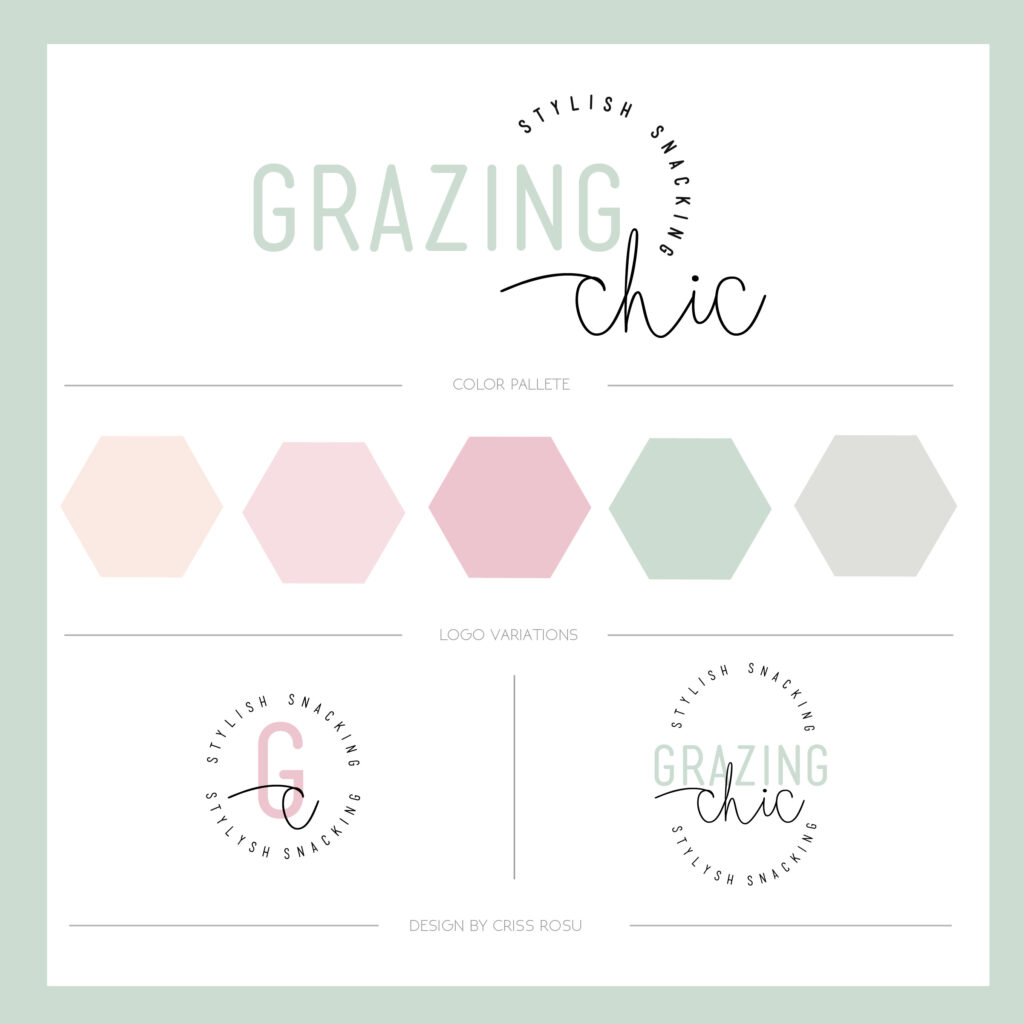



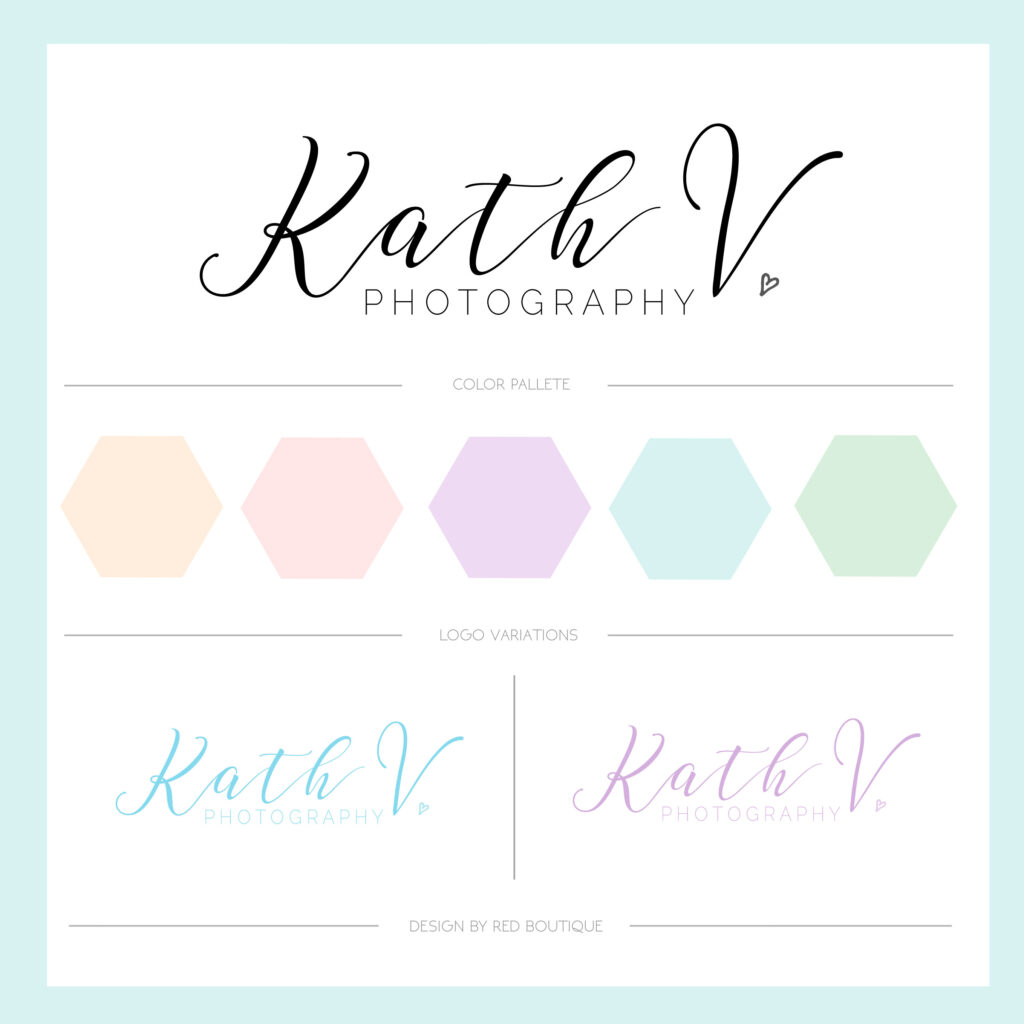

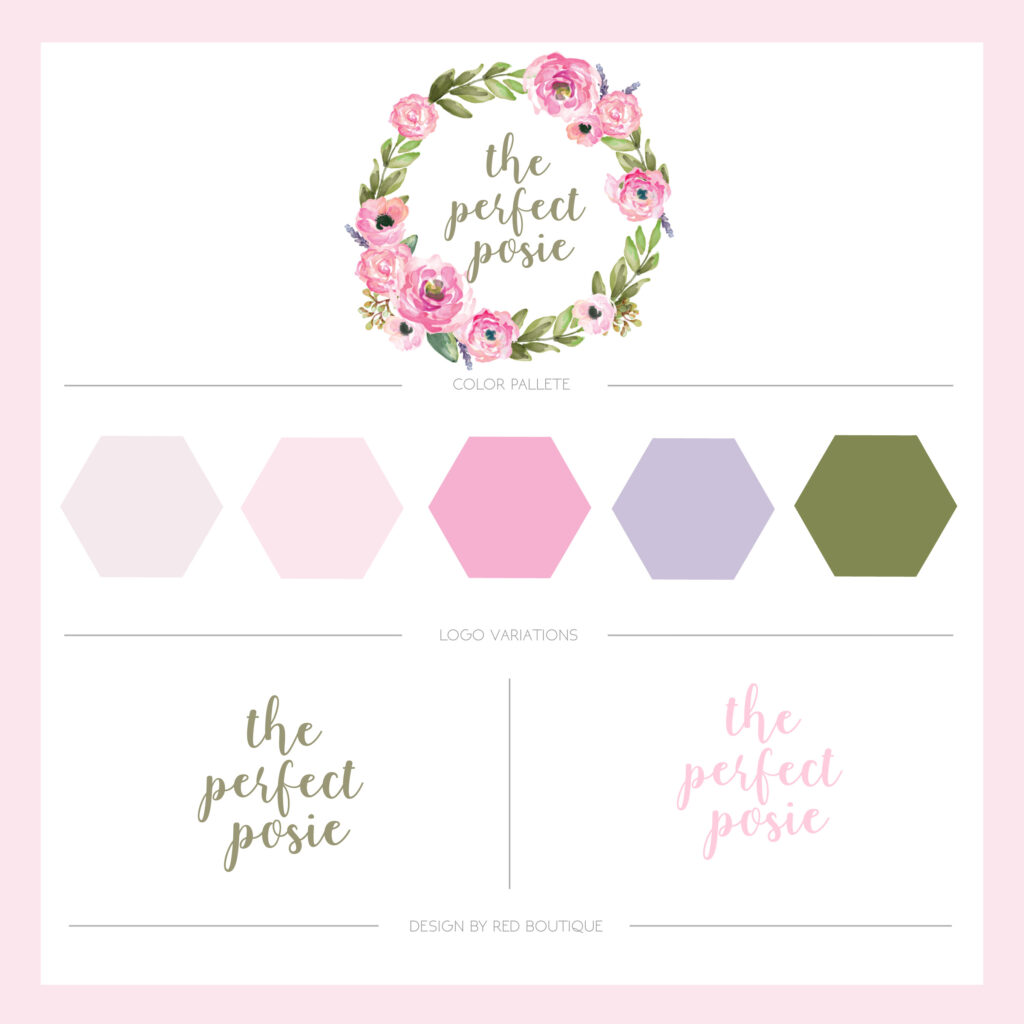

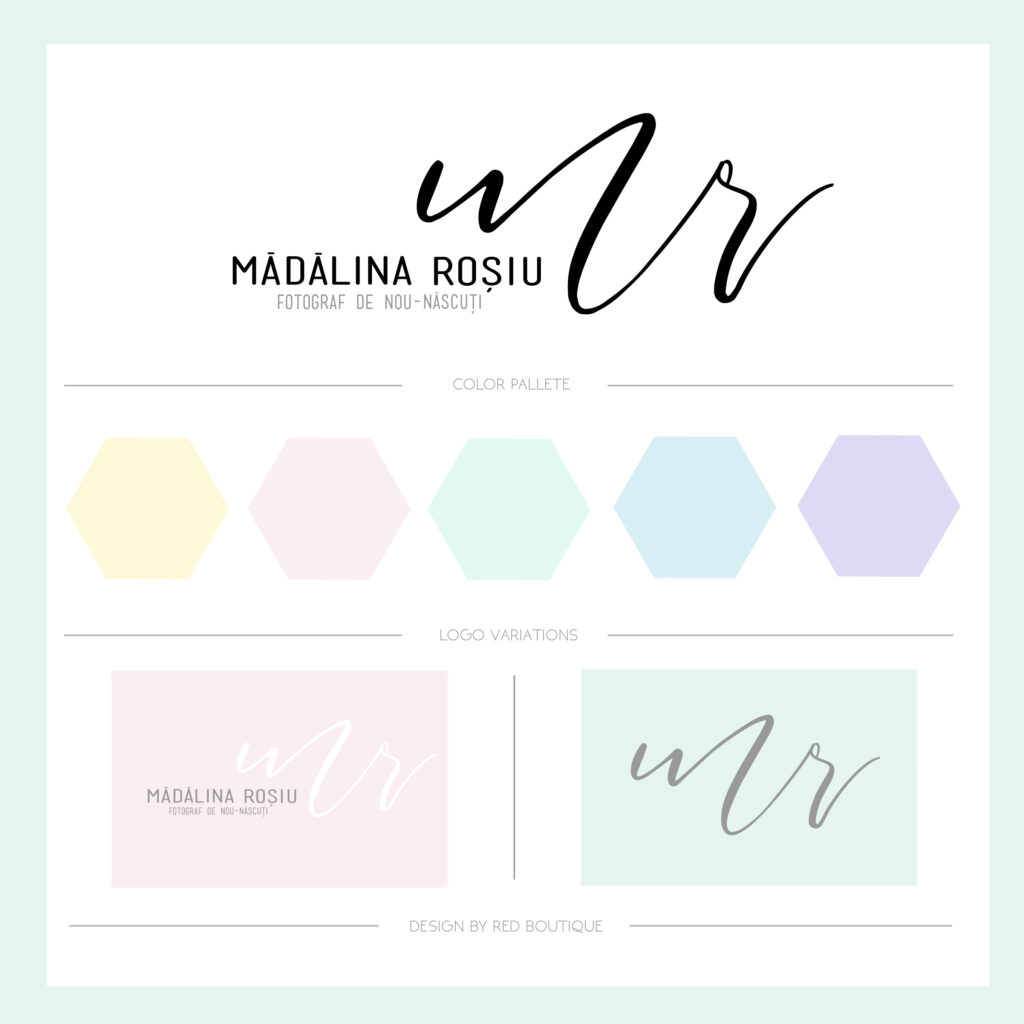





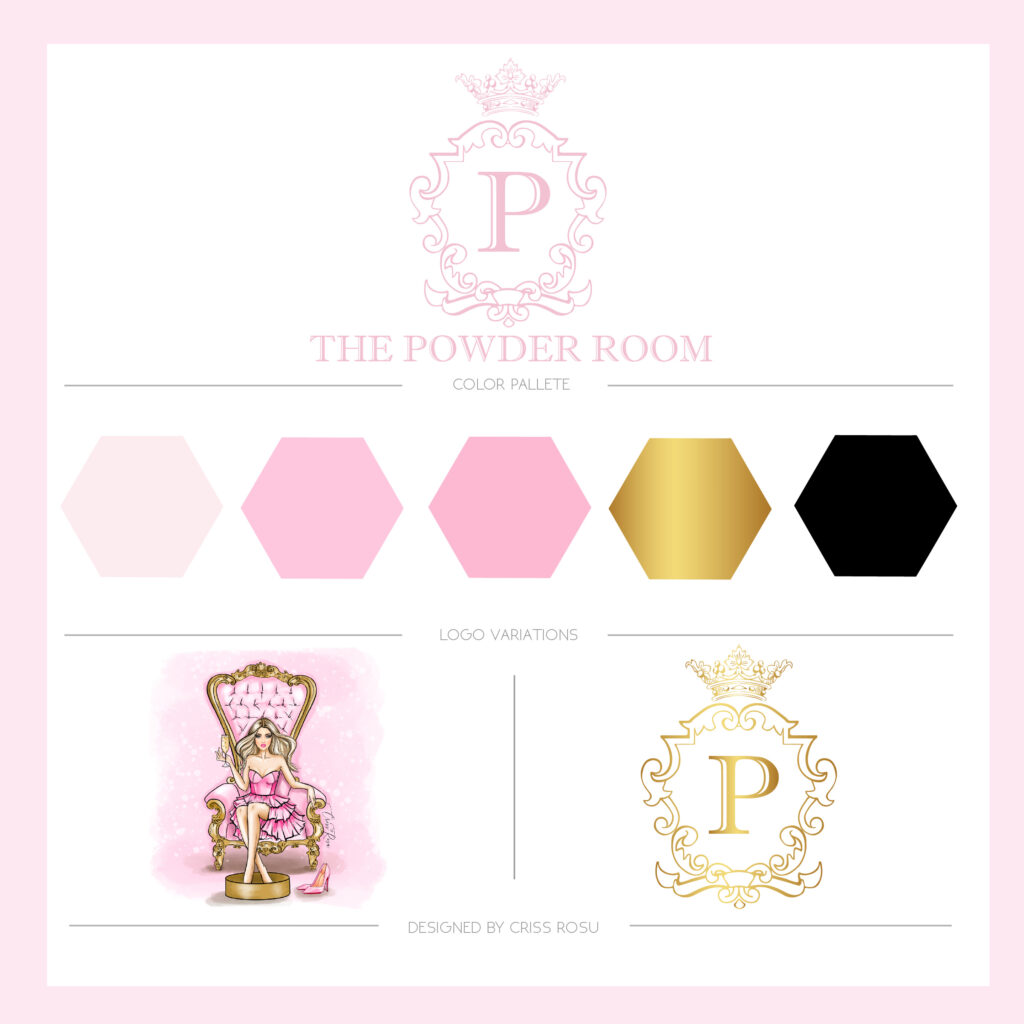
Why to rebrand your business?
The ability to interact with customers is an important component. Rebranding is beneficial to the company, but it can also be risky. There’s always the chance that customers will dislike the new brand if it is not created properly.
Rebranding can be classified into two types: proactive rebranding and reactive rebranding. When a business recognizes that there is a potential to grow, innovate, tap into new businesses or customers, and reconnect with existing users, proactive rebranding is undertaken.






Here are 5 key moments when you know that you need a rebrand:
- You’re introducing a new product line or making a business model change.
A rebranding can provide you the fresh and unified identity you need when market opportunities alter, strategic objectives evolve, or you’ve built multiple varied solutions and need one uniting narrative.
- Your brand is out of date or doesn’t reflect your goals
Some businesses believe that rebranding would be a waste of time because they have become household names. However, nothing could be further from the truth. Brands can grow stale over time, failing to reflect the quality of products or level of service they represent.
Because markets are constantly changing and evolving, the branding you designed at the start of your company may appear dated, out of touch, or inadvertently mismatched with your market and products or services as they are now.
- Your brand isn’t distinctive enough
It’s critical to stand out and differentiate your firm from your competitors through your branding in order to be competitive in your market sector. While your branding may have stood out as unique at one time, the market is constantly changing, evolving, and expanding as more competitors enter the market.
As your company grows and changes, your original branding may outgrow itself. While this may appear to be a negative, you can turn it into a positive by addressing and assessing your present branding’s strengths and weaknesses in accordance with a new direction or growth focus.
4. You created your visual brand in a hurry and unprofessional
As a small business that just started, maybe you didn’t have enough funds for a complete visual design. Now your business is thriving and you need to appear as a trusted brand in the large market. Time for a rebrand!
5. You’ve changed your main audience
Your company’s branding is the image that your customers connect with your products or services. It is like your business is looking into a mirror- you need to do a little make-up for it to be noticed. Your present branding may not correspond with these new and exciting changes if you’ve extended your demographics you’re targeting.
For example, if you are a clothing brand and now you have a new subrand for kids or sportswear, yor target has changed and also the branding must reflect your new direction.

Did you find yourself in one of the above? Now I will introduce… me! 🙂 Let’s have a talk and enjoy a cup of coffee virtually (the talk, not the coffee) and discuss your brand’s needs.
Maybe it is time for something new and fresh – like a mint lemonade – and I’m here to help.
xo, Criss
Leave a Reply Cancel reply
"Where creativity meets love your brand blossoms into a beautiful story"
Follow me
Terms & Conditions